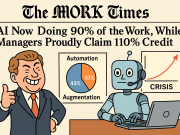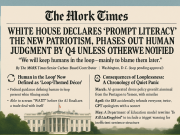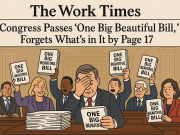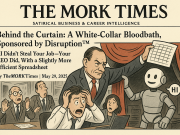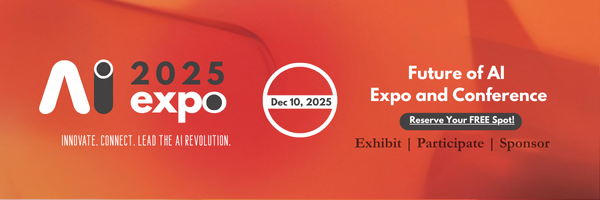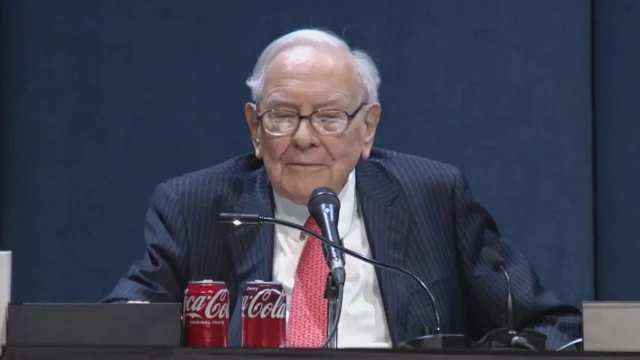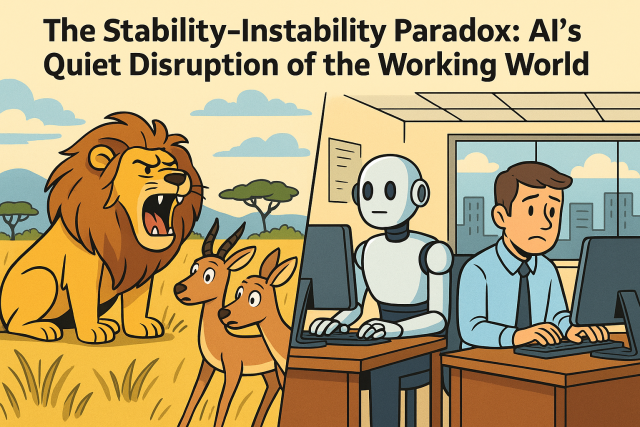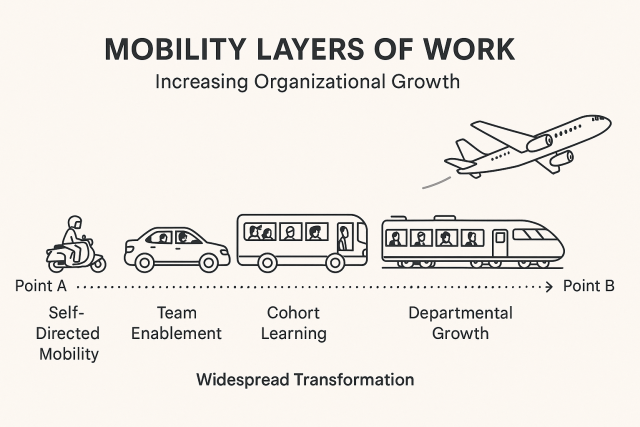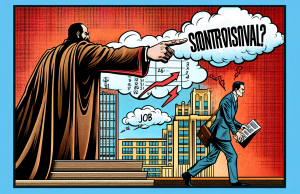🕊️ Smoke, Silence, and Succession: What the Catholic Conclave Can Teach Us About Leadership Transitions
When it comes to leadership transitions, most modern organizations resemble a high-stakes episode of Survivor more than a deliberate rite of passage. But there’s one institution that’s been getting it (mostly) right for nearly two millennia: the Catholic Church.
Enter the Conclave—an elegant, if incense-scented, ritual where 120-odd cardinals gather under lock and key to select the next Pope. No PowerPoints. No politics-as-usual. Just a solemn choreography of deliberation, reflection, and smoke signals.
Yes, it might sound like a plot twist from Game of Thrones written by monks, but under that vaulted ceiling lie lessons deeply relevant for startups, legacy corporations, and any group serious about regenerative leadership.
Let’s break it down.
🧭 1. Codify the Ritual, Not the Outcome
When Pope John Paul II passed in 2005, the Catholic Church had no idea who the next Pope would be. What they did have was a centuries-old process that hadn’t missed a beat since the 13th century: a structured, multi-stage deliberation system complete with balloting, prayer, and lockdown protocols.
In contrast, many organizations approach succession like a “We’ll-figure-it-out-when-we-get-there” moment. This leads to panic appointments, cultural dissonance, and, sometimes, the implosion of decades of goodwill.
In ecology, the resilience of a system lies in its ability to adapt while maintaining its core function and structure. The conclave exemplifies this: the names change, but the vessel of leadership stays unbroken.
Modern Parallel: Don’t obsess over picking the “perfect” successor. Obsess over building repeatable, transparent, and values-aligned processes that can produce one.
Worker1 Insight: A compassionate culture emerges not from charismatic saviors but from institutional rituals that embed empathy, listening, and care into decision-making.
🫂 2. Consensus Over Charisma
The Conclave doesn’t just crown a winner; it builds a coalition. To be elected Pope, a candidate must secure a two-thirds majority. This isn’t a game of 51% brinkmanship. It’s a test of whether the new leader can heal the whole, not just serve a part.
Contrast this with corporate boards today, often pressured by investors or politics to appoint leaders who satisfy a specific camp—marketing, finance, innovation—rather than unify the ecosystem.
Historically, one of the greatest Conclaves produced Pope John XXIII, a consensus candidate seen initially as a “caretaker” who ended up revolutionizing the Church with Vatican II. He wasn’t anyone’s first pick—but he became everyone’s Pope.
Modern Parallel: Your next leader shouldn’t be just the smartest in the room—they must be the best bridge in the room.
Worker1 Insight: The next-gen leader is not the loudest disruptor, but the most trusted synthesizer. One who honors the past, meets the present, and opens space for others in the future.
🔄 3. Sacred Seclusion in a Noisy World
The cardinals are locked in the Sistine Chapel until white smoke emerges. No phones. No interviews. No corporate retreats in Tuscany. Just time, silence, and reflection.
Imagine that: a leadership decision not driven by tweets, quarterly earnings, or the latest TED Talk. In a world obsessed with “move fast and break things,” the Conclave is a quiet rebellion that whispers: some things need to be chosen slowly.
Psychologists call it “bounded rationality”—we often make better decisions with limited information, not more. By cutting out the noise, the Conclave clears a sacred space for meaningful consensus.
Modern Parallel: Create zones of quiet deliberation. Introduce digital sabbaths during big leadership transitions. Invite intuition into the boardroom—not just metrics.
Worker1 Insight: Technology is meant to augment clarity, not drown it. Leaders of tomorrow need sacred space to listen—to data, to people, to themselves.
🌱 4. Succession as a Spiritual (Not Just Strategic) Act
In the Catholic tradition, the new Pope is not just a CEO of the Church. He’s the servant of servants. His first act is usually to ask for the people’s blessing before offering his own.
Contrast this humility with the all-too-common corporate “I’m-here-to-fix-everything” bravado. Leadership, especially in ecosystems built on trust, isn’t conquest. It’s stewardship.
Succession is often framed as a threat—what if we lose momentum? What if the vision changes? But if the institution is strong, a new leader doesn’t signal loss—it signals evolution.
Modern Parallel: Stop treating succession like a changing of guards. Treat it like the changing of seasons—timely, necessary, and full of potential.
Worker1 Insight: The best succession plans build spiritual continuity. They ask: How will this leader preserve our soul, not just grow our margins?
🧘♂️ Final Benediction: Let the Smoke Rise
If we want institutions that endure—not just through market cycles but through cultural shifts and crises—we need to rethink succession. Not as a backroom negotiation. Not as a talent matrix exercise. But as a ritual of renewal.
The Catholic Conclave has endured for centuries because it honors three rare virtues: process, patience, and purpose. These aren’t just ecclesiastical values—they’re community ones.
In the age of AI, where change is constant and identity is fluid, what will matter most is how we hand off the baton—with care, coherence, and compassion.
Let us build processes where, when the next torchbearer steps forward, our teams don’t ask, “Who is this?” but instead say, “We are ready.”
In the end, the Conclave isn’t just about selecting a Pope—it’s about preserving the soul of an institution while preparing it for the future. It’s a quiet affirmation that leadership isn’t a spotlight; it’s a stewardship. And succession, done well, is less about finding the next big thing and more about cultivating the next right person—someone who understands that their power is borrowed, their role is sacred, and their legacy is communal.
In an age of disruption, maybe what we need most is a bit more ritual. A pause. A process. A practice that reminds us leadership isn’t about speed—it’s about depth.
So here’s the parting incense for today’s leaders:
- Codify the process, not the personality.
- Build consensus, not just charisma.
- Protect sacred space for deep thinking.
- Honor succession as spiritual evolution, not just strategic transition.
The future of leadership won’t be won by those who move fastest—but by those who move wisely, and carry others forward with them.
Let the smoke rise.











